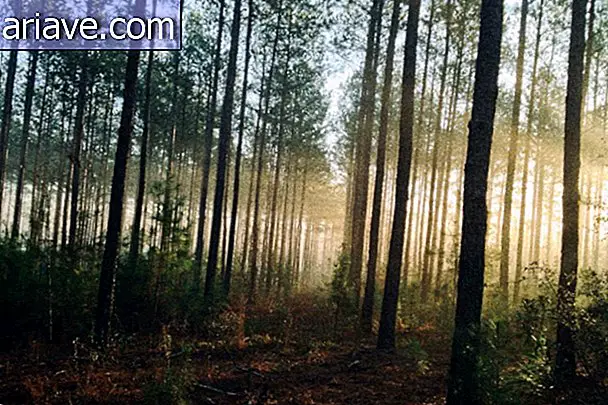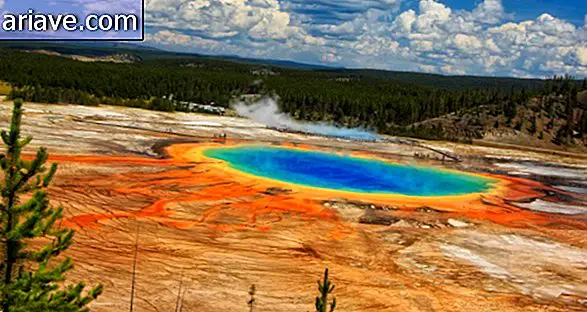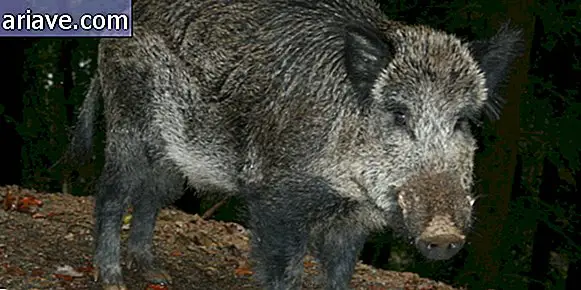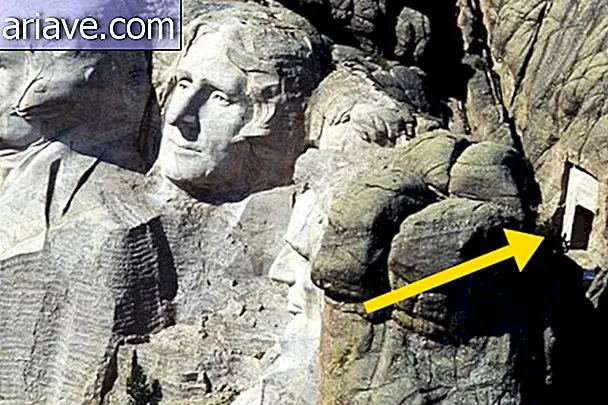Archaeologists discover two Mayan cities in the Mexican jungle
A team of Slovenian archaeologists discovered two Mayan cities in the jungles of Mexico. Tamchén and Lagunita are located in the Calakmul Biosphere Reserve (on the southeastern tip of the Yucatan Peninsula), which is the largest rainforest reserve in Mexico and home to numerous Mayan ruins and archaeological sites.
The jungle has a particularly dense and hard to reach area. For this reason, according to the History Blog, researchers had to rely on aerial surveys, local guides and geodesy to locate the ruins of cities.
However, one of the cities, Lagunita, had already been discovered by the researchers before. In 1970, American Eric von Euw visited the site and studied some of its archaeological features.
However, he never published his work (which also had sketches of some monuments) or recorded the location of the area. But his works are now held by the Harvard Peabody Museum of Archeology and Ethnology.
Discovery
Ivan Šprajc, leader of the team of archaeologists who made the current discovery, said in a press release: "We found the site with the help of aerial photographs, but we were able to identify it as Lagunite only after seeing the facade and monuments., comparing them with the drawings of Von Euw, which the renowned Mayan civilization expert Karl Herbert Mayer made available to me. "
It was Šprajc himself who discovered the other Mayan city (Tamchén) in the same area last year. Both Lagunita and Tamchén are great archaeological sites, being characterized by pyramid temples, blocks, columns, squares and other structures.
According to the Smithsonian, the name "Lagunita" was given to this place by von Euw. The name of the second place, Tamchén, means "deep well" in the local dialect and refers to more than 30 holes that were found in the city and were probably used for rainwater collection.
Time
An initial exploration indicates that both cities were at their peak in the period from 600 to 1000 AD., which marked the apogee of the dominant regional power: the kingdom of Calakmul. According to the History Blog, in Lagunita there are inscriptions on the altars and columns, one of which is dated November 29, 711 AD.
Tamchén has much in common with its neighbor Lagunita, with large buildings arranged around squares, a pyramid temple, a courtyard with three temples on each side, altars and columns. But it is significantly older, dating back to 300 BC to 250 AD.
There are many intriguing aspects to these cities that can open a new window to Mayan history. Both cities appear to have been abandoned around AD 1000, sharing the fate of other areas dominated by this civilization, but some columns were modified some time after they were originally erected, while post-classical features were found in others.
These facts reflect continuities and disruptions in cultural traditions, but their importance for understanding the political geography and history of the region remains a mystery.











